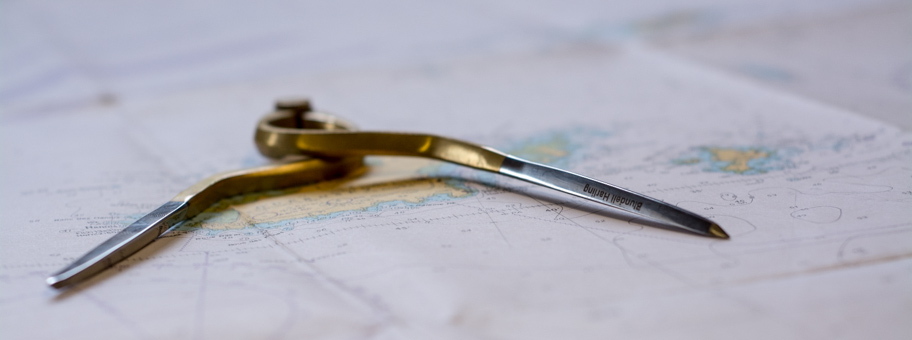RYA Day Skipper Shorebased
Navigation and seamanship for those new to navigation or wanting to consolidate existing skills. The Day Skipper Shorebased course covers the essential knowledge needed to navigate a yacht on simple passages.
The course includes nautical terminology, rope work, safety and emergency procedures, collision avoidance, compass, chart work, tides, meteorology, passage planning and pilotage.
Pre-requisite experience:
None, although we would advise all candidates to have completed an RYA Competent Crew course.
Duration:
5 days
Qualifications:
RYA Day Skipper Shorebased Certification
What’s included:
Includes all food and accommodation
Course Syllabus
Nautical terms
- Parts of a boat and hull
- General nautical terms
Ropework
- Knowledge of the properties of synthetic ropes in common use
Anchorwork
- Characteristics of different types of anchor
- Considerations to be taken into account when anchoring
Safety
- Knowledge of the safety equiptment to be carried, its stowage and use
- Fire precautions and fire fighting
- Use of personal safety equipment, harnesses and lifejackets
- Ability to send a distress signal by VHF radiotelephone
- Basic knowledge of rescue procedures including helicopter rescue
International Regulations for Preventing Collisions at Sea
- Steering and sailing rules
- General rules
Definition of position, course and speed
- Latitude and longitude
- Knowledge of standard navigation terms
- True bearings and courses
- The knot
Navigational charts and publications
- Information shown on charts, chart symbols and representation of direction and distance
- Navigational publications in common use
- Chart correction
Navigational drawing instruments
- Use of parallel rulers, dividers and proprietary plotting instruments
Compass
- Application of variation
- Awareness of deviation and its courses
- Use of hand bearing courses
Chartwork
- Dead reckoning and estimated position including an awareness of leeway
- Techniques of visual fixing
- Satellite-derived positions
- Use of waypoints to fix position
- Course to steer
Tides and tidal streams
- Tidal definitions, levels and datum
- Tide tables
- Use of Admiralty method of determining tidal height at standard port and awareness of corrections for secondary ports
- Use of tidal diamonds and tidal stream atlases for chartwork
Visual aids to navigation
- Lighthouses and beacons, light characteristics
Meteorology
- Sources of broadcast meteorological information
- Knowledge of terms used in shipping forecasts, including the Beaufort scale, and their significance to small craft
- Basic knowledge of highs, lows and fronts
Passage planning
- Preparation of navigational plan for short coastal passages
- Meteorological considerations in planning short coastal passages
- Use of waypoints on passage
- Importance of confirmation of position by an independent source
- Keeping a navigational record
Navigation in restricting visability
- Precautions to be taken in, and limitations imposed by, fog
Pilotage
- Use of transits, leading lines and clearing lines
- IALA system of buoyage for Region A
- Use of sailing directions
- Pilotage plans and harbour entry
Marine Environment
- Responsibility for avoiding pollution and protecting the marine environment
